Goldcoin79
TPF Noob!
- Joined
- May 23, 2012
- Messages
- 152
- Reaction score
- 2
- Location
- Uk, Hemel Hempstead
- Can others edit my Photos
- Photos OK to edit
Hi all
Im hoping some of you may be able to give me advice on doing landscape photography.
My first question is regarding what apeture to set, I know you will want a large depth of field so would use a large f number (to give small apeture) but how do you chose what f number to use with out creating such a small apeture you cause diffraction?
My next question is what do you focus on for landscapes and does it matter, would you focus at infinity, a foreground object or any thing?
any advice is appreciated.
Im hoping some of you may be able to give me advice on doing landscape photography.
My first question is regarding what apeture to set, I know you will want a large depth of field so would use a large f number (to give small apeture) but how do you chose what f number to use with out creating such a small apeture you cause diffraction?
My next question is what do you focus on for landscapes and does it matter, would you focus at infinity, a foreground object or any thing?
any advice is appreciated.


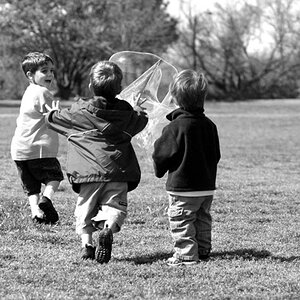
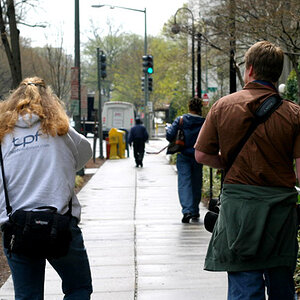
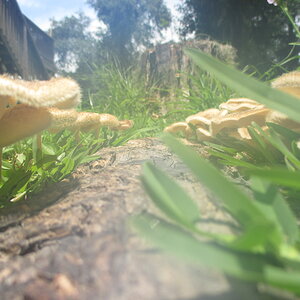
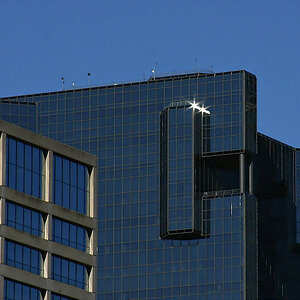

![[No title]](/data/xfmg/thumbnail/32/32180-aee1597d1cfb87ae220637f19420b65b.jpg?1619735235)
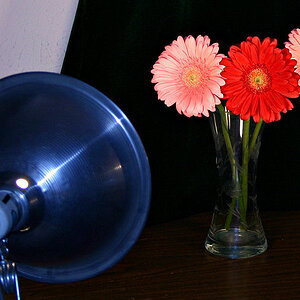
![[No title]](/data/xfmg/thumbnail/37/37614-3833b9d2e46075829c91cf9c0f47af69.jpg?1619738150)
![[No title]](/data/xfmg/thumbnail/41/41905-b622c7d92c817afea0d4f5704e7fb329.jpg?1619739940)
![[No title]](/data/xfmg/thumbnail/41/41906-b9041eb5a3fa48eb5d5084ac2198a75c.jpg?1619739940)

![[No title]](/data/xfmg/thumbnail/42/42040-7a66cabbeffd44783ea44a91ef4d0e70.jpg?1619739987)